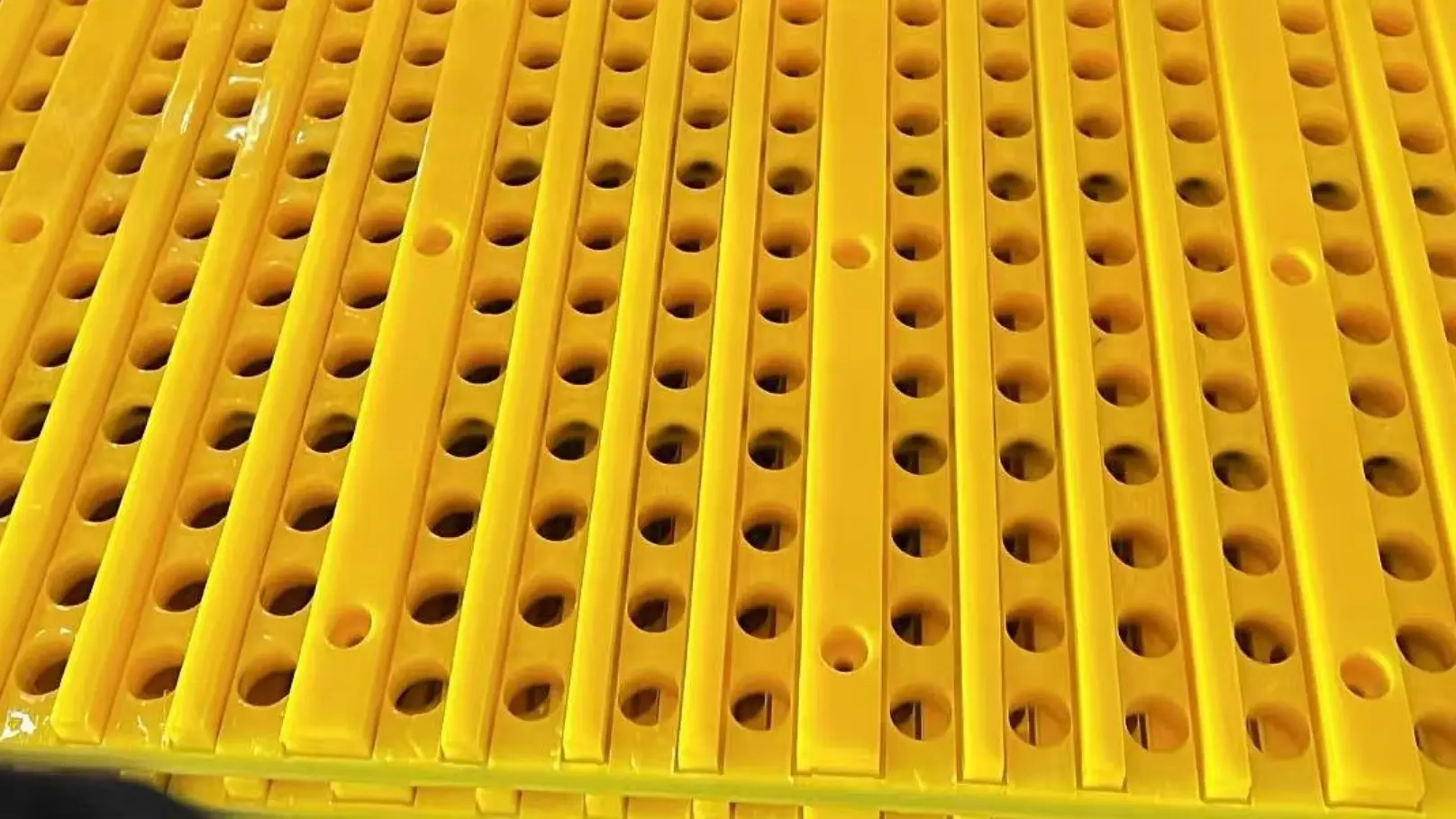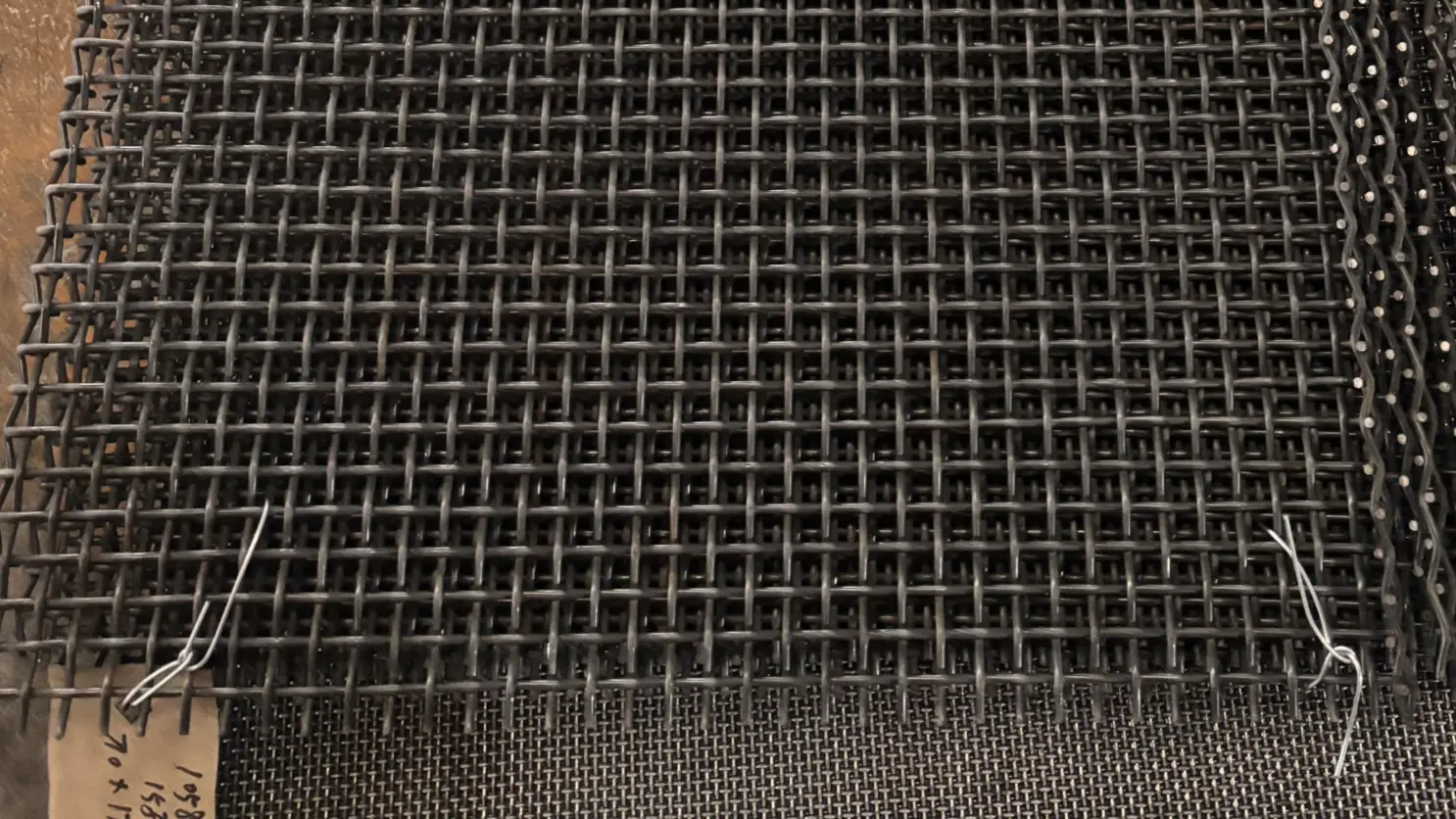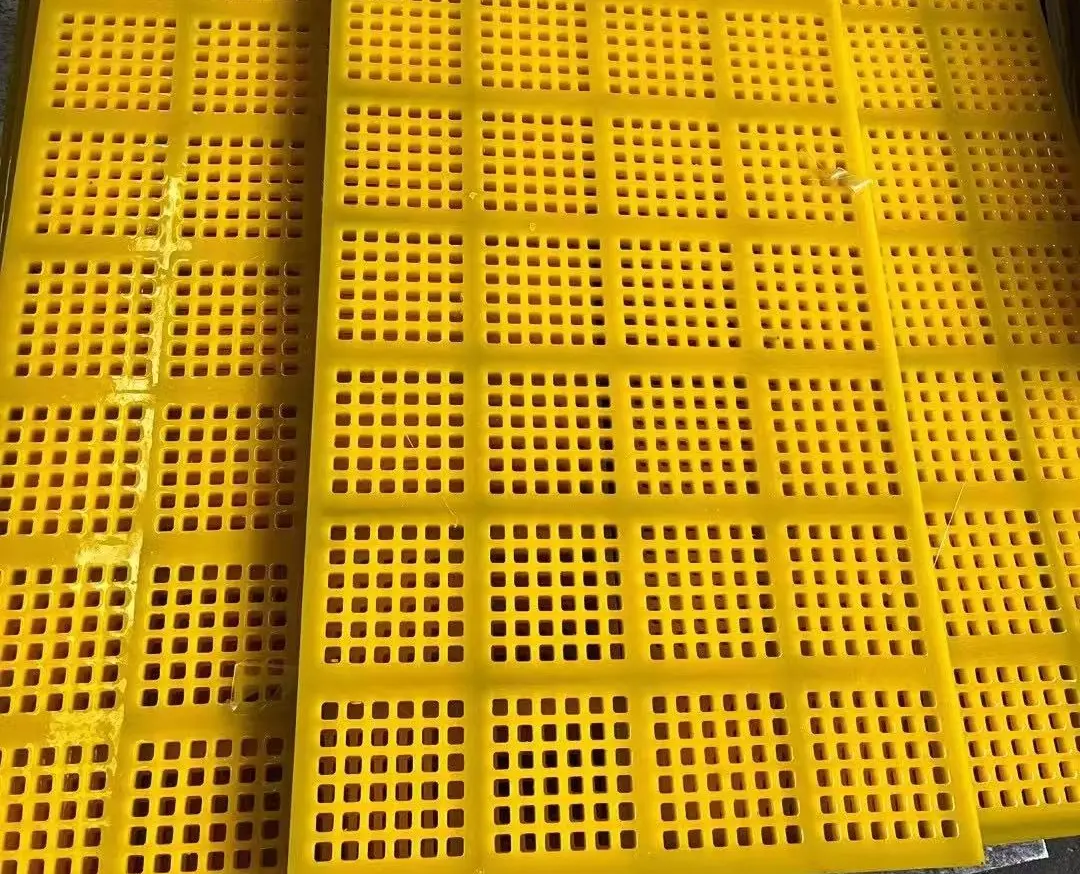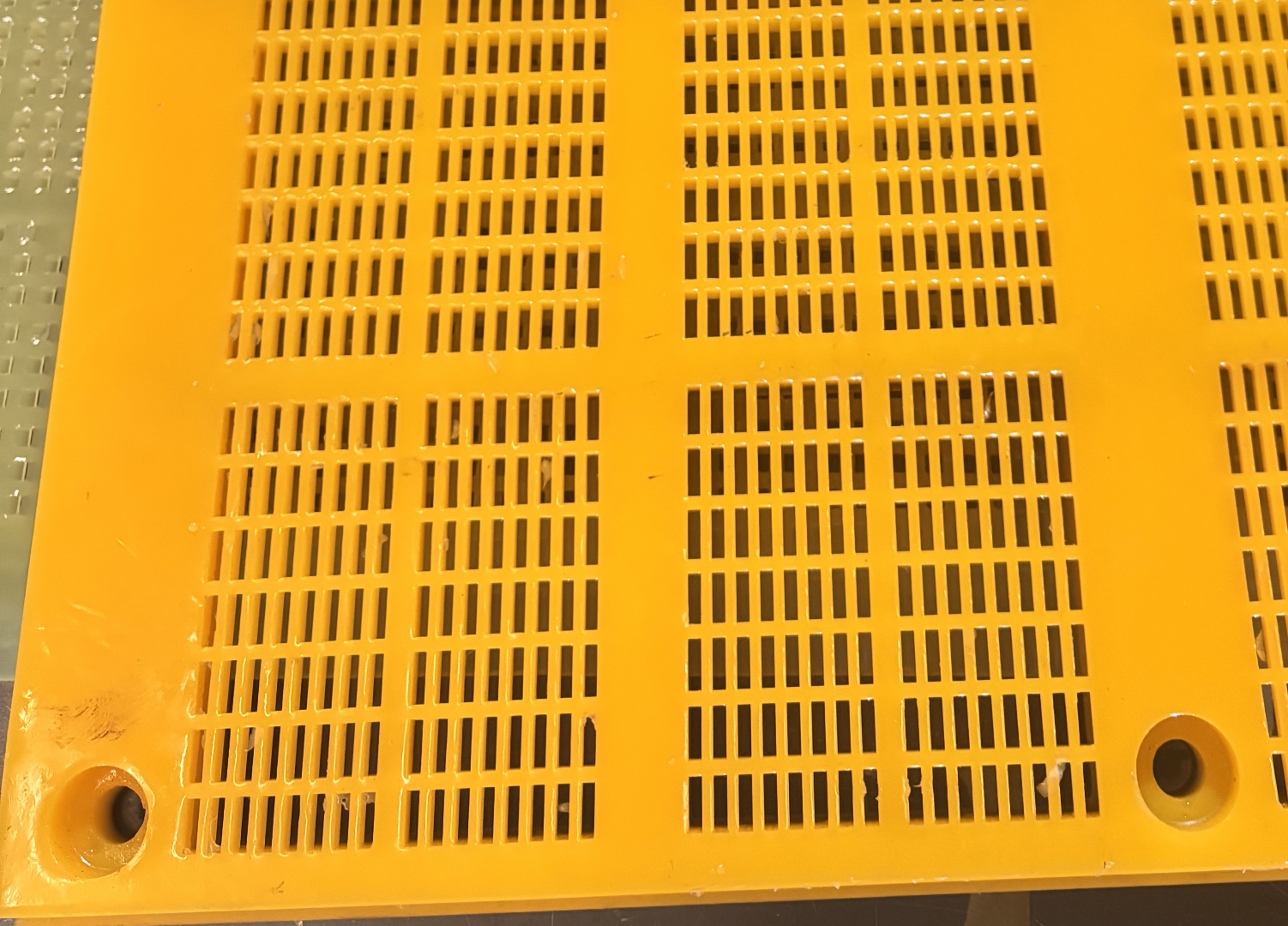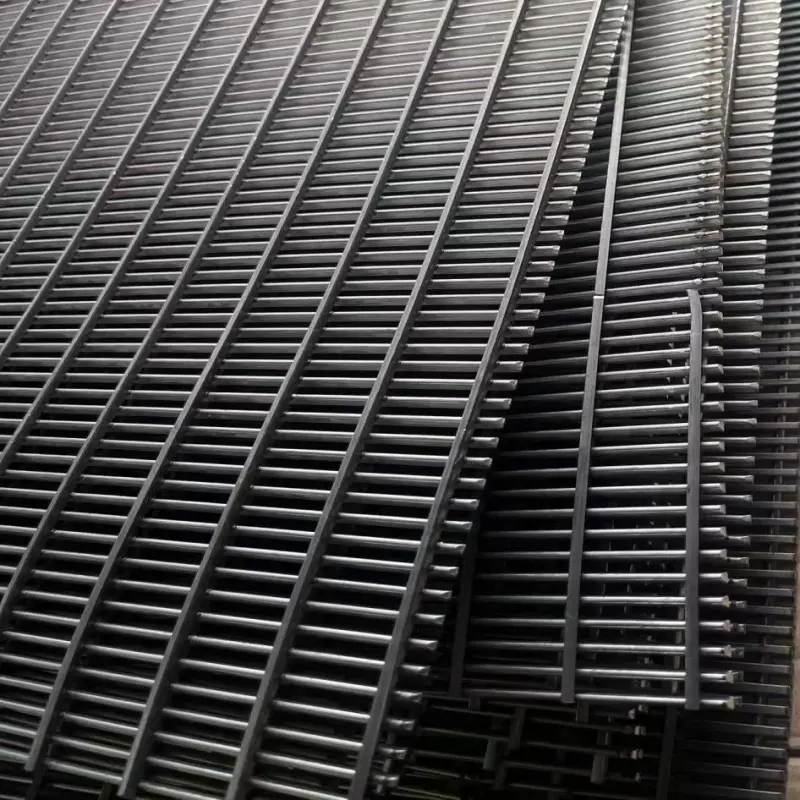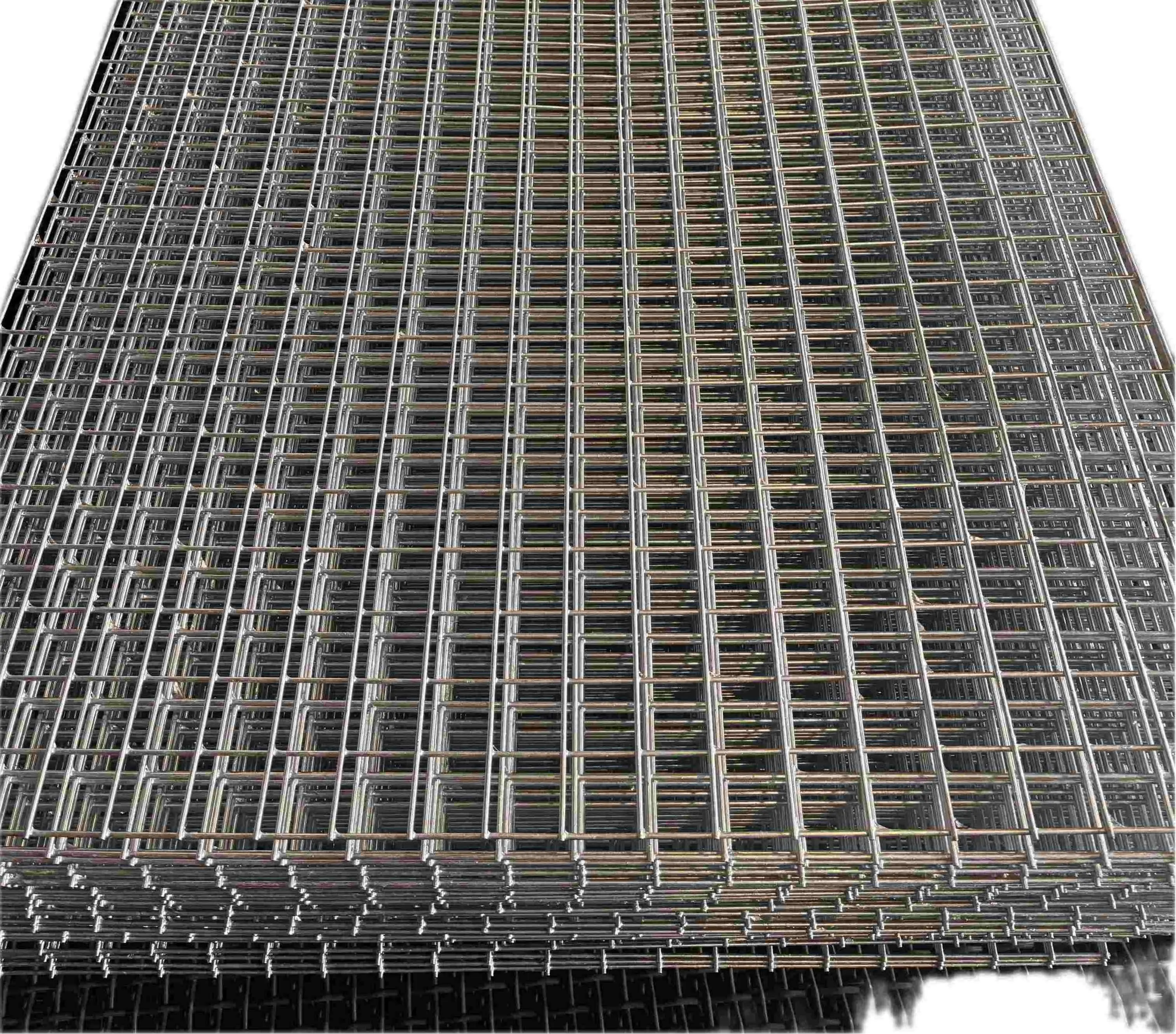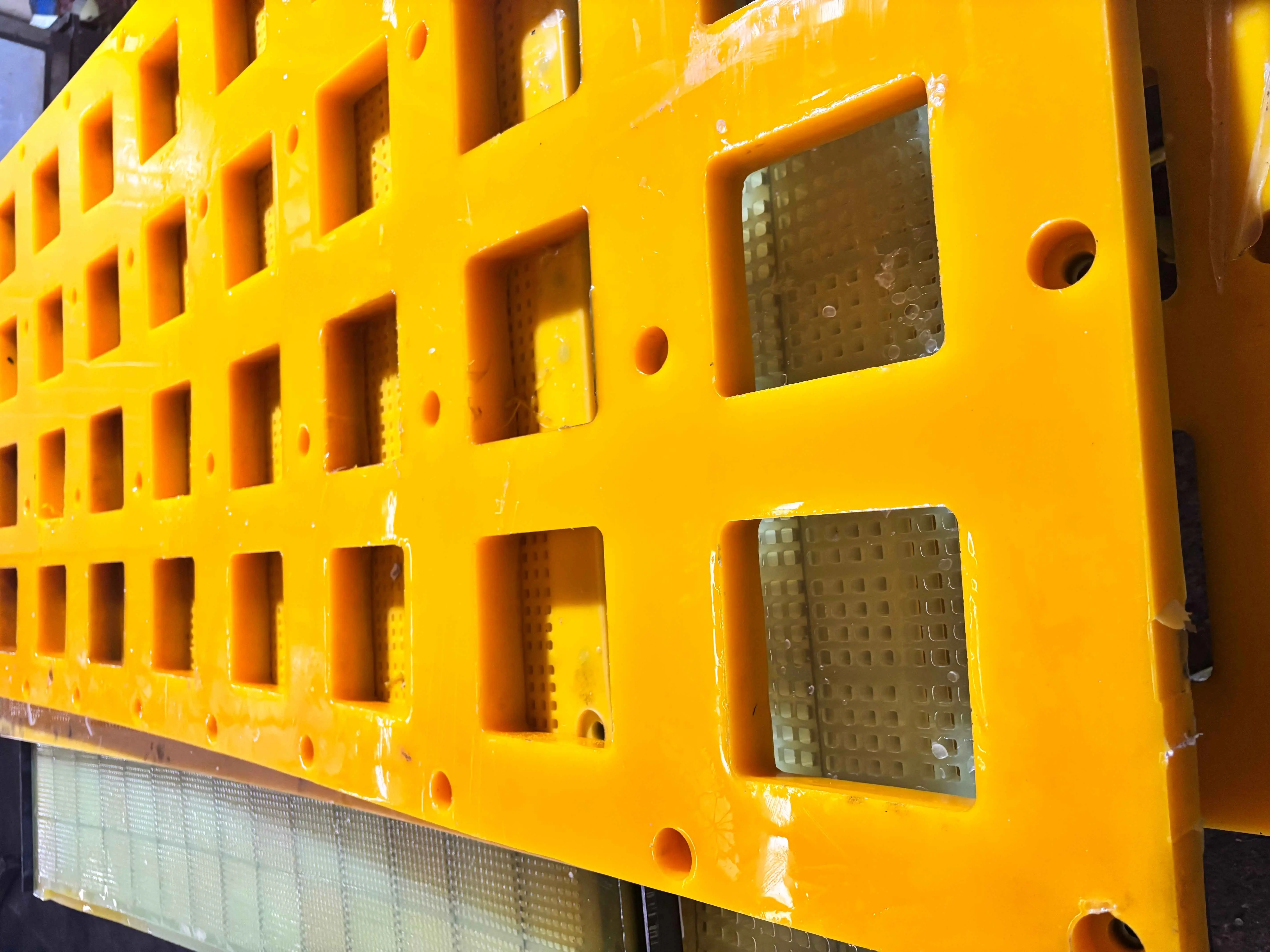How to Select an Appropriate Screening Mesh
Selecting an appropriate screening mesh aperture requires comprehensive consideration of multiple factors. The following are some key points:
1. Particle Size of the Material to be Screened
Firstly, it is necessary to clearly define the particle size distribution range of the material to be screened. Through methods such as particle size analysis, determine the proportion of particles of various sizes in the material. Generally speaking, the mesh aperture of the screening mesh should be slightly larger than the smallest particle size of the material that needs to pass through the mesh, to ensure that these particles can pass through the mesh smoothly. For example, for a material mainly composed of particles with a size range of 0.5 - 2 millimeters, if it is desired that particles of 0.5 millimeters and below pass through the mesh, then a screening mesh with an aperture of 0.6 - 0.8 millimeters can be selected. In this way, it can not only ensure that small particles pass through smoothly but also prevent too many large particles from mixing into the undersize material due to an overly large aperture.
2. Screening Purpose
Grading Screening: If the purpose is to classify the material according to different particle size ranges, the mesh aperture of the screening mesh needs to be selected according to specific grading requirements. For example, if it is necessary to divide the ore material into three particle size levels: coarse, medium, and fine, with the coarse grade requiring the oversize material to have a particle size greater than 10 millimeters, the medium grade requiring a particle size between 5 - 10 millimeters, and the fine grade requiring a particle size less than 5 millimeters, then screening meshes with apertures of 10 millimeters and 5 millimeters need to be selected successively for grading screening. - Impurity Removal and Filtration: If the purpose is to remove impurities from the material, the mesh aperture of the screening mesh should be determined according to the size and content of the impurities. For example, in the grain processing industry, to remove small stones, broken straws, and other impurities in the grain, since the particle size of these impurities is relatively small, a screening mesh with an aperture of 1 - 2 millimeters may need to be selected to effectively remove the impurities while minimizing the loss of grains.
3. Production Efficiency and Output Requirements
A larger mesh aperture of the screening mesh can make the material pass through the mesh faster, thereby improving production efficiency and output. However, if the aperture is too large, it may lead to a decrease in screening accuracy, which does not meet the product quality requirements. For example, when screening sand in a sand yard, if the requirements for the particle size of the sand are not particularly strict, in order to increase the output, a screening mesh with a relatively large aperture, such as a mesh with an aperture of 4 - 5 millimeters, can be selected, allowing most of the sand to pass through the mesh quickly and leaving only larger stones and other impurities. On the contrary, if the requirements for the product particle size are high, such as in the screening of raw materials for precision ceramics, a screening mesh with a smaller aperture needs to be selected. Although the production efficiency will be relatively low, it can ensure the product quality.
4. Mesh Material and Durability
Screening meshes made of different materials have different strengths, abrasion resistances, and corrosion resistances. When selecting the mesh aperture, it is also necessary to consider the influence of the material on the stability of the aperture. For example, metal screening meshes have high strength and good abrasion resistance, but they are prone to rusting in some corrosive environments; while polyurethane screening meshes have good corrosion resistance, high tensile strength, and tear strength, and can withstand the screening of large-load materials. If the screening mesh is used in a wet and corrosive environment, such as in the screening of chemical raw materials, even if a smaller aperture is required, a corrosion-resistant stainless steel or polyurethane screening mesh should be preferentially selected to ensure that the mesh aperture will not change significantly due to corrosion or abrasion during use, affecting the screening effect.
Wire Diameter: The wire diameter determines the strength and load-bearing capacity of the screening mesh. The larger the wire diameter, the stronger the screening mesh, which can withstand greater pressure and impact force, and is suitable for handling materials with large particles, high hardness, or high flow rate. However, an overly large wire diameter will also cause the mesh aperture to become smaller, affecting the screening efficiency. For example, in the construction industry when screening sand and gravel materials, a screening mesh with an appropriate wire diameter is generally selected according to the particle size of the sand and gravel and the output requirements.
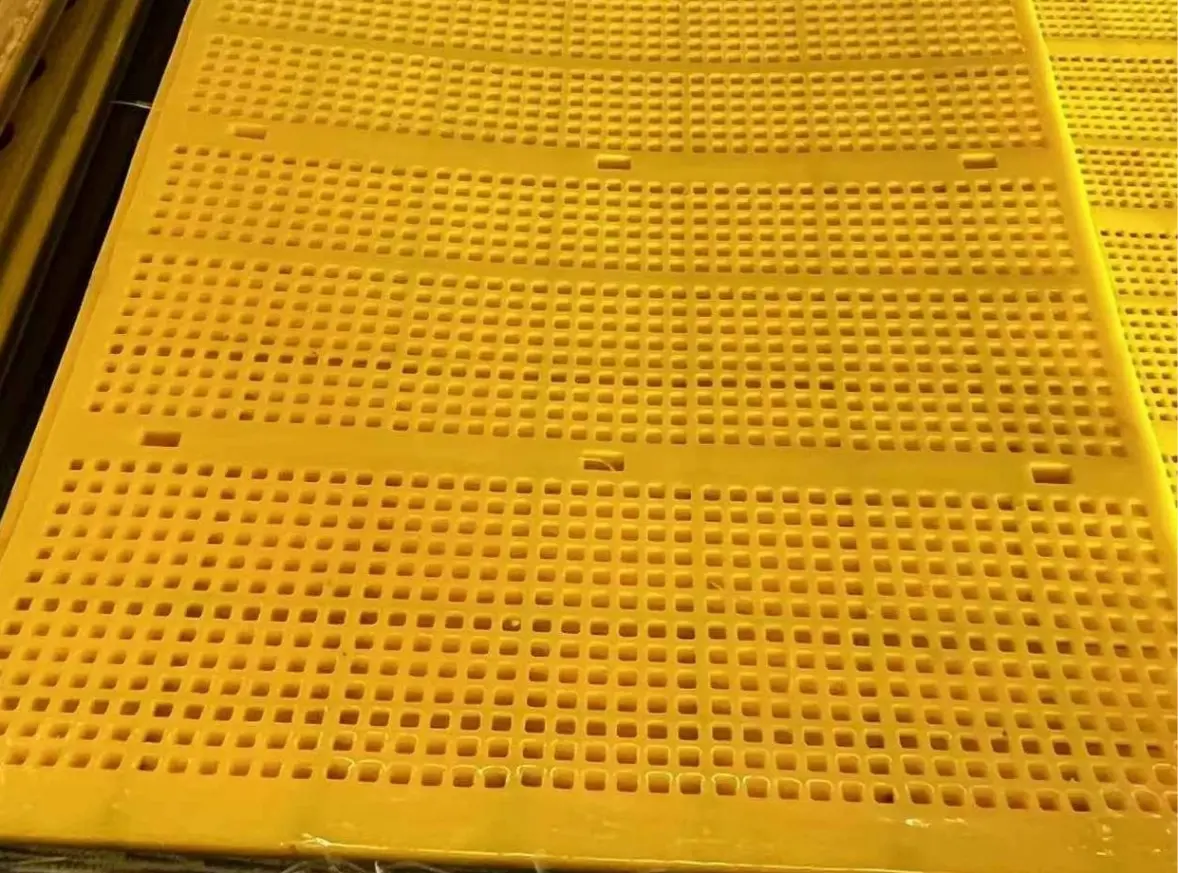
Selecting an appropriate screening mesh wire diameter requires considering the following factors:
1. Characteristics of the Material to be Screened
Particle Size: If the particles of the material are large, a screening mesh with a thicker wire diameter needs to be selected to ensure that the screening mesh has sufficient strength to withstand the impact and abrasion of the large particles, and at the same time, prevent the large particles from damaging the screening mesh. For example, when screening large-particle materials such as ores, a polyurethane screening mesh with a thicker wire diameter is usually selected. If the particles of the material are small, a screening mesh with a thinner wire diameter can be selected to improve the screening accuracy and allow the small particles to pass through the mesh smoothly.
Hardness: For materials with high hardness, such as quartz sand, in order to prevent the screening mesh from being quickly worn out, a screening mesh with a thicker wire diameter and higher strength should be selected. For materials with low hardness, such as grains and plastic particles, a screening mesh with a relatively thinner wire diameter can be appropriately selected.
Humidity: Wet materials are likely to adhere to the screening mesh, affecting the screening effect. In this case, a screening mesh with a slightly thicker wire diameter and a larger mesh aperture can be selected to facilitate the passage and discharge of the materials. For example, when screening coal, if the coal has high humidity, this situation needs to be considered.
2. Type and Parameters of the Screening Equipment
Vibration Frequency and Amplitude: Screening equipment with a high vibration frequency and large amplitude will generate a greater impact force on the screening mesh, and a screening mesh with a thicker wire diameter needs to be selected to withstand this impact force and extend the service life of the screening mesh. For example, a high-frequency vibrating screen needs to be equipped with a screening mesh with an appropriate wire diameter to adapt to its working characteristics. - Screen Surface Size: A larger screen surface needs to bear a greater weight and impact force of the material, so a screening mesh with a thicker wire diameter needs to be selected to ensure the strength and stability of the screening mesh.
3. Production Capacity Requirements
Handling Capacity: If a large amount of material needs to be processed on the production line, in order to ensure the screening efficiency, a screening mesh with a larger mesh aperture and a relatively thicker wire diameter should be selected, so that the material can pass through the mesh quickly and improve the production capacity. On the contrary, if the handling capacity is small, a screening mesh with a relatively thinner wire diameter and higher screening accuracy can be selected according to the specific situation.
4. Screening Accuracy Requirements
High Accuracy Requirements: When it is necessary to precisely control the particle size of the undersize material and the requirements for screening accuracy are high, a screening mesh with a uniform wire diameter and accurate mesh aperture size should be selected, and the wire diameter is usually relatively thin to ensure that even small particles can be effectively screened. For example, in industries such as food and pharmaceuticals, where strict requirements are imposed on screening accuracy, a high-precision screening mesh with a thin wire diameter is required.
5. Cost Factors
Mesh Cost: Generally speaking, the screening mesh with a thicker wire diameter has a relatively higher material cost and manufacturing cost. On the premise of meeting the production requirements, an appropriate wire diameter can be selected according to the budget. If the cost control is relatively strict, a relatively more cost-effective wire diameter specification can be selected on the premise of ensuring the screening effect and the service life of the screening mesh.
Replacement Cost: Although the initial cost of a screening mesh with a thinner wire diameter may be relatively low, due to its relatively weak abrasion resistance and strength, it may need to be replaced more frequently, thereby increasing the replacement cost and downtime. Therefore, it is necessary to comprehensively consider the long-term use cost to select an appropriate wire diameter.
When selecting the wire diameter of the screening mesh, it is necessary to comprehensively consider all the above factors and make a trade-off and selection in combination with the actual production situation. If possible, the experience of the same industry can also be referred to, or small-scale tests can be carried out to determine the most suitable screening mesh wire diameter.
 No. 14, Building 2, No. 367 Beijing Road, Chengdu Economic and Technological Development Zone (Longquanyi District)
No. 14, Building 2, No. 367 Beijing Road, Chengdu Economic and Technological Development Zone (Longquanyi District)



